AFTER decades of discussion, a landmark power transmission project has finally taken the first step towards realisation. In a slightly over-the-top ceremony, the heads of four states that are party to the CASA 1000 project put their hands together to turn the first bolts on the first tower on which will hang a transmission line that will carry 1000MW of electricity from Kyrgyzstan via Tajikistan and Afghanistan to Pakistan. The four ‘stans’ will connect Central and South Asia in the first regional power-sharing arrangement of this sort, involving so many partners. Regional power transmission lines have enormous potential, and CASA is best viewed as the first step towards a larger future where transmission lines run from Iran, Turkmenistan, Russia and China towards Pakistan and help create a regional market for power. The vision is marvellous and holds the promise of creating a powerful convergence of interests of Asian neighbours, binding them together in a mutually beneficial arrangement, and helping lift Pakistan out of its perennial and long-standing power deficits.
But there are a few problems standing in the way which will take much political will to settle if the vision is to advance towards its full promise. One problem is the growing need to reform power tariffs in Pakistan to allow for a greater role of market forces in power pricing. This step has been stuck in limbo since the early 1990s, hostage to a deep-rooted political economy that militates against any changes in the status quo. The second problem is security, rightly highlighted by the World Bank, which is a key partner in the project. The security situation in Afghanistan has already led to upward cost revisions in the project, which will ultimately have an impact on the final tariff. It also casts a shadow over the project’s viability and capacity for expansion. It is imperative that all power centres in Pakistan realise that perpetuating a deeply flawed status quo in both areas — security and power pricing — keeps the country bottled up in a highly untenable situation. Pakistan needs to break out to achieve the next generation of growth to power our future, and this means building linkages in power, natural resources, transport and many more areas. CASA breaks new ground towards this future, but it is just the starting point. Realising the full potential of the project requires some profound changes within the country.
Published in Dawn, May 14th, 2016

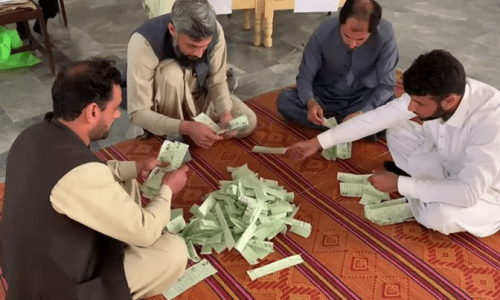













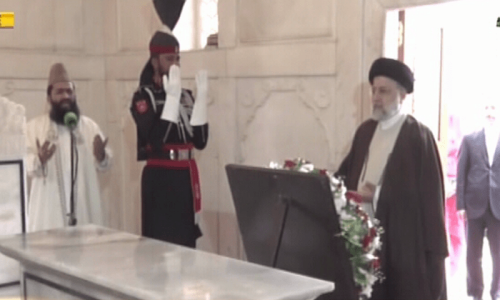
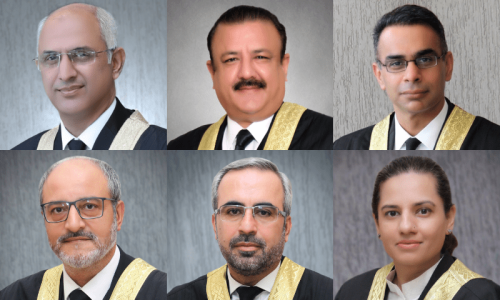
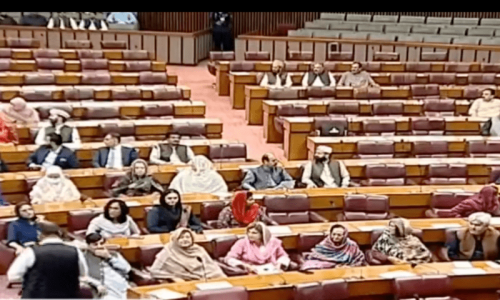










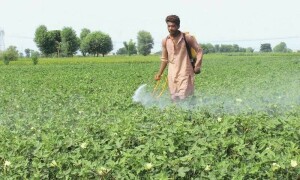
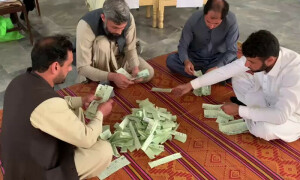


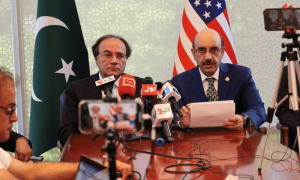



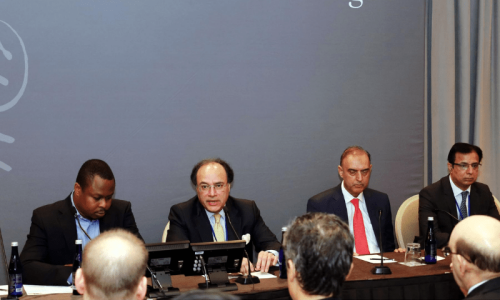







Dear visitor, the comments section is undergoing an overhaul and will return soon.